Apple's latest M5 chip rollout across iPads, MacBooks, and the Vision Pro is more than another iterative upgrade. It signals a shift toward AI-first computing. The company has equipped its flagship devices with silicon that reshapes how we think about on-device intelligence, performance, and creative workflows.
Rolling the M5 across iPad Pro, MacBook Pro, and Vision Pro creates a consistent ecosystem. You can move between devices without losing AI features or performance. All three new M5-powered Apple devices are available for preorder and will go on sale starting October 22, with entry-level pricing remaining the same as their respective predecessors. That pricing signals confidence, more capability without a higher starting tag.
Apple's broader competitive posture comes into focus against the PC world's "AI PC" push, which often relies on the cloud. Apple claims the M5's 10-core CPU offers 'up to 15 percent faster multithreaded performance' over the M4, and says the new performance core is the "world's fastest performance core". These are not just slogans, they underline Apple's bet on on-device AI that preserves privacy while delivering speed.
Looking ahead, the M5's architecture points to an era where AI is as fundamental as CPU and GPU horsepower. Neural Accelerators in each GPU core, plus the enhanced 16-core Neural Engine, set a base that can scale with more ambitious AI apps while keeping the energy efficiency that defines Apple Silicon.
The M5 is more than another processor bump. It reads as Apple's declaration that the future of computing is AI-first, privacy-focused, and built for creative professionals who push their tools hard. With iPad Pro, MacBook Pro, and Vision Pro now running the same advanced silicon, Apple has assembled a coherent ecosystem for users who want performance, efficiency, and a bit of spark, and it laid the groundwork for the next decade of AI-powered computing.




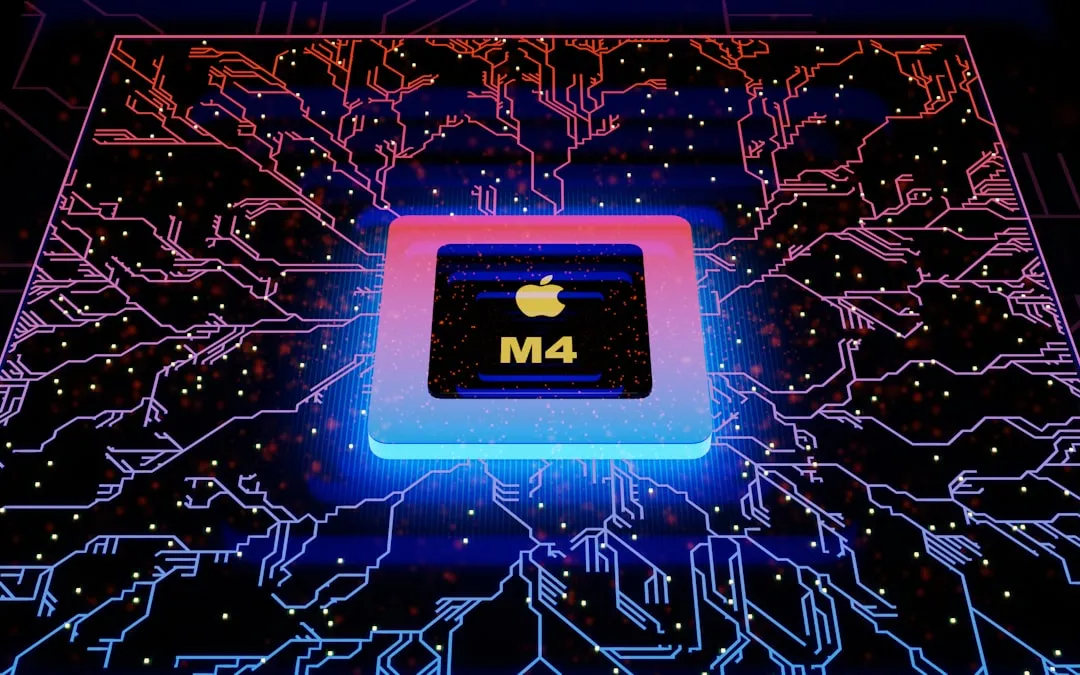
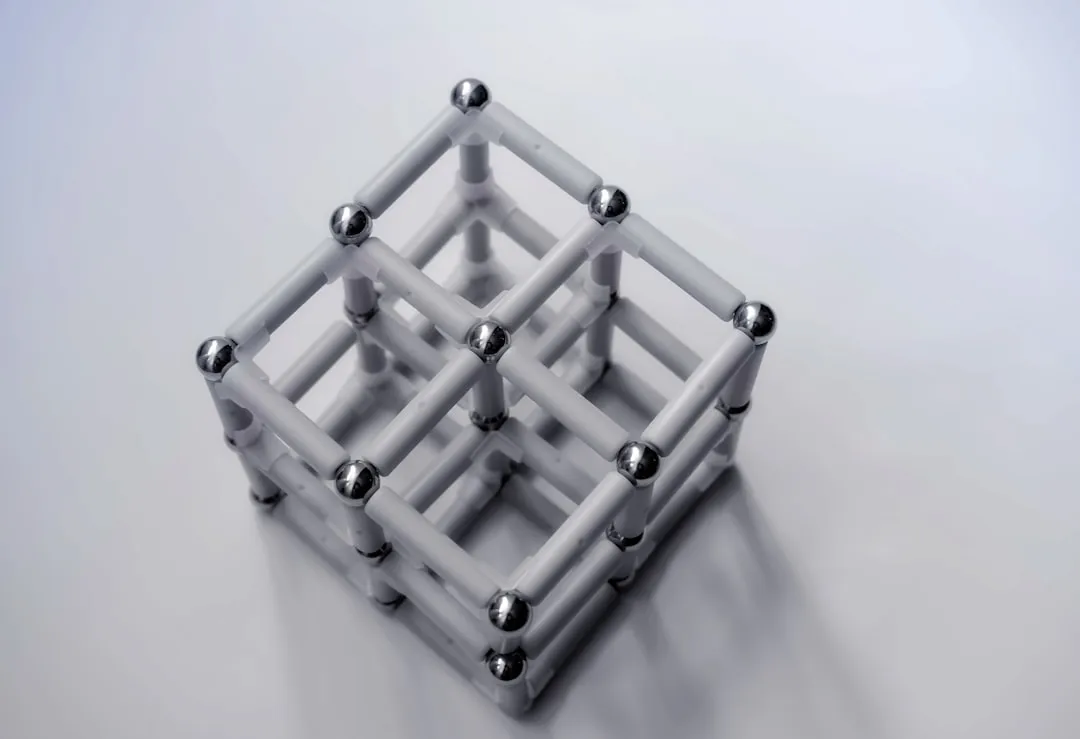
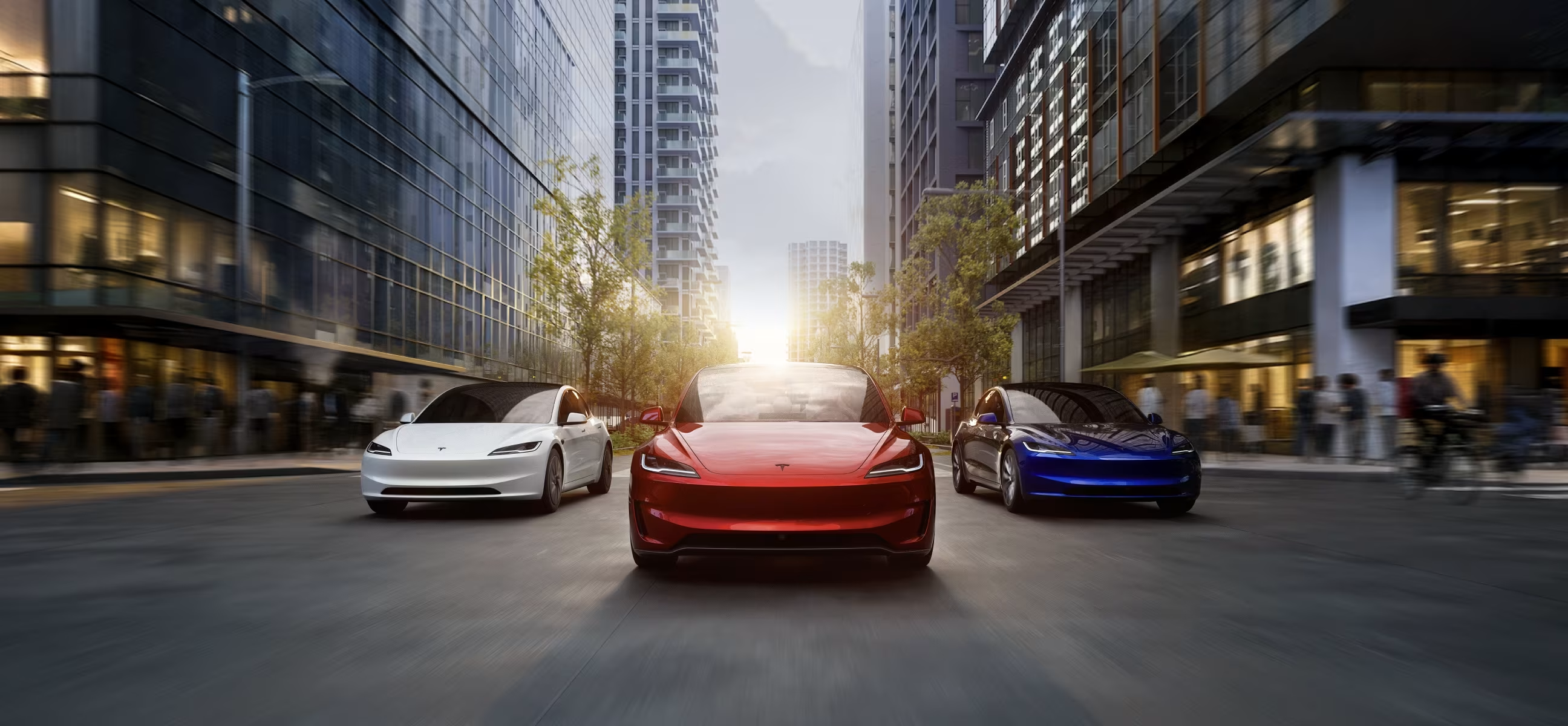

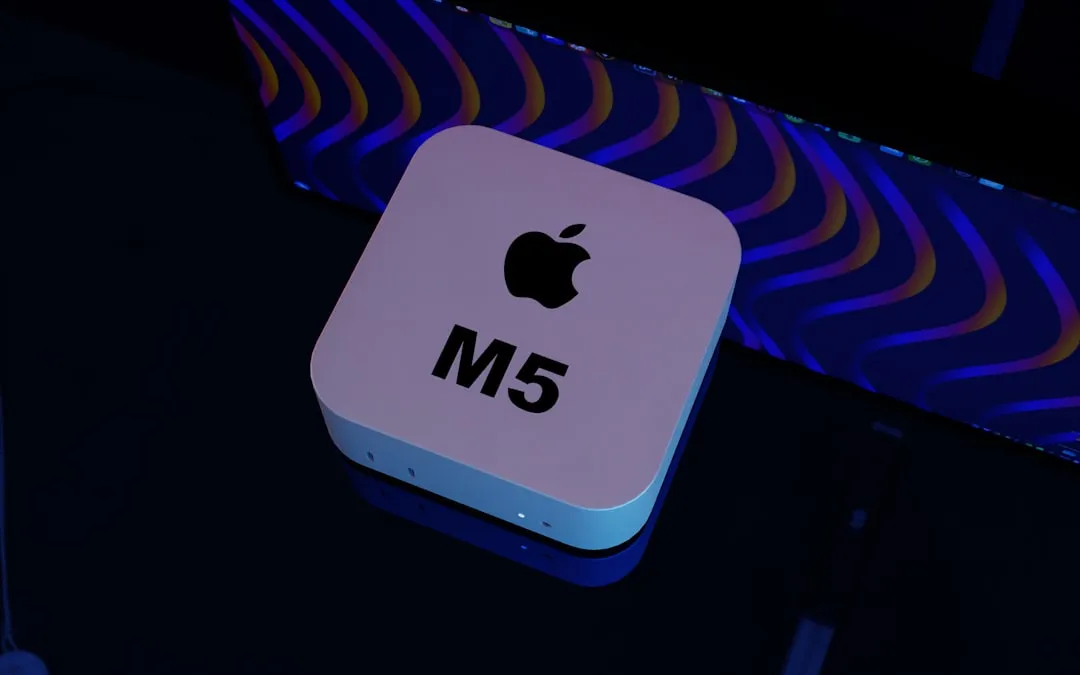
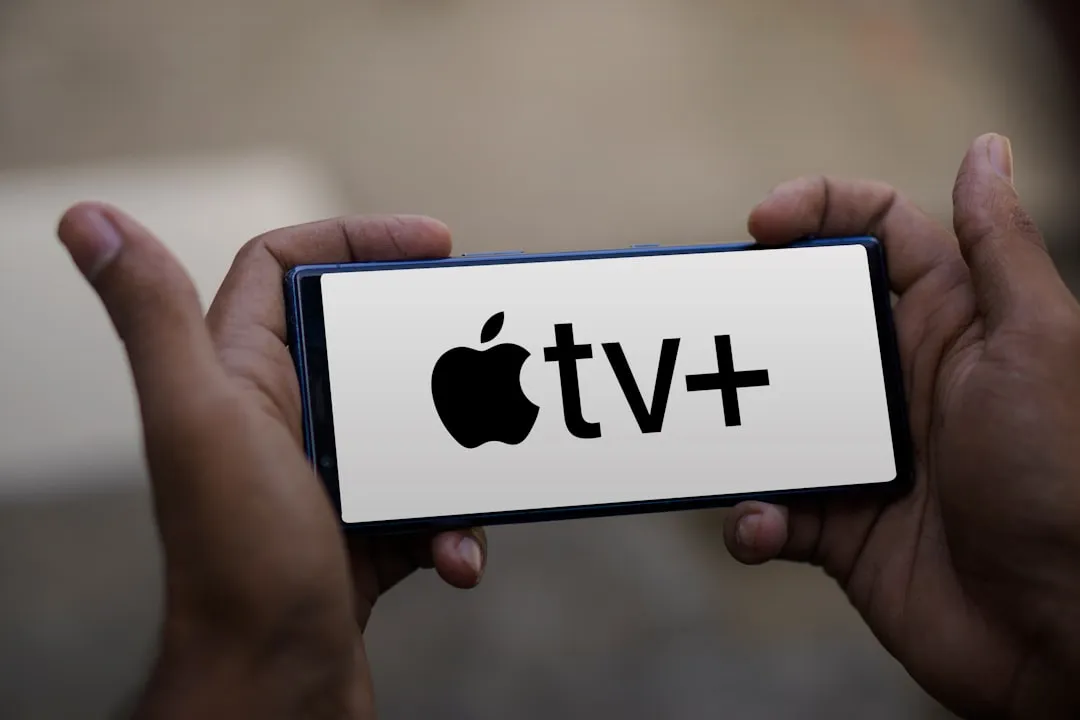
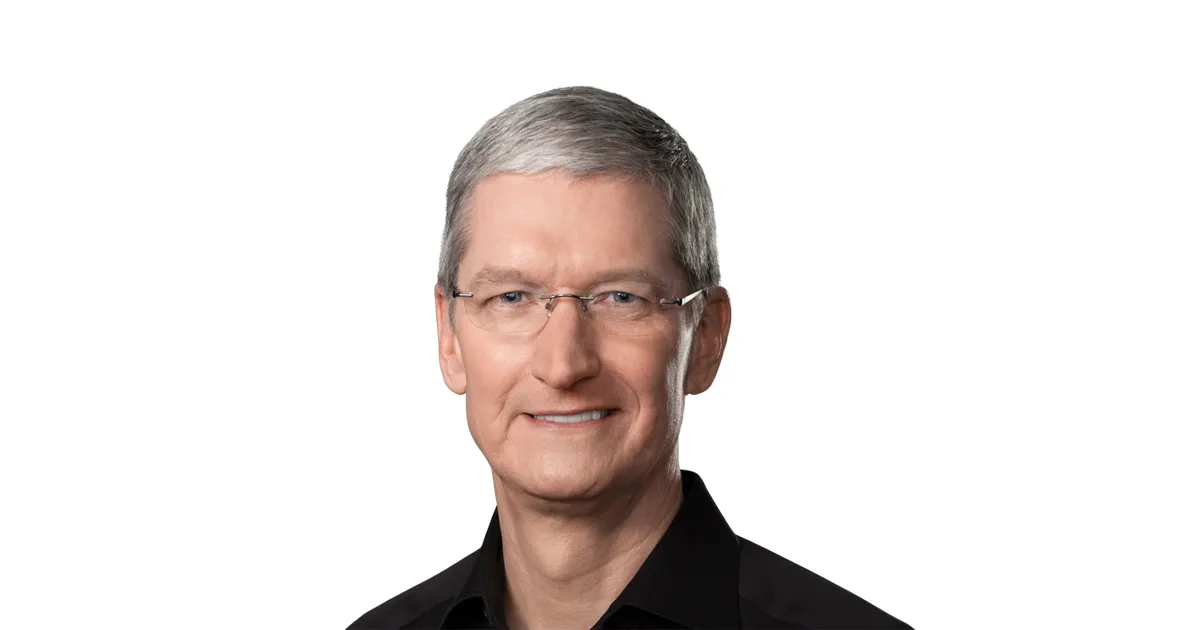
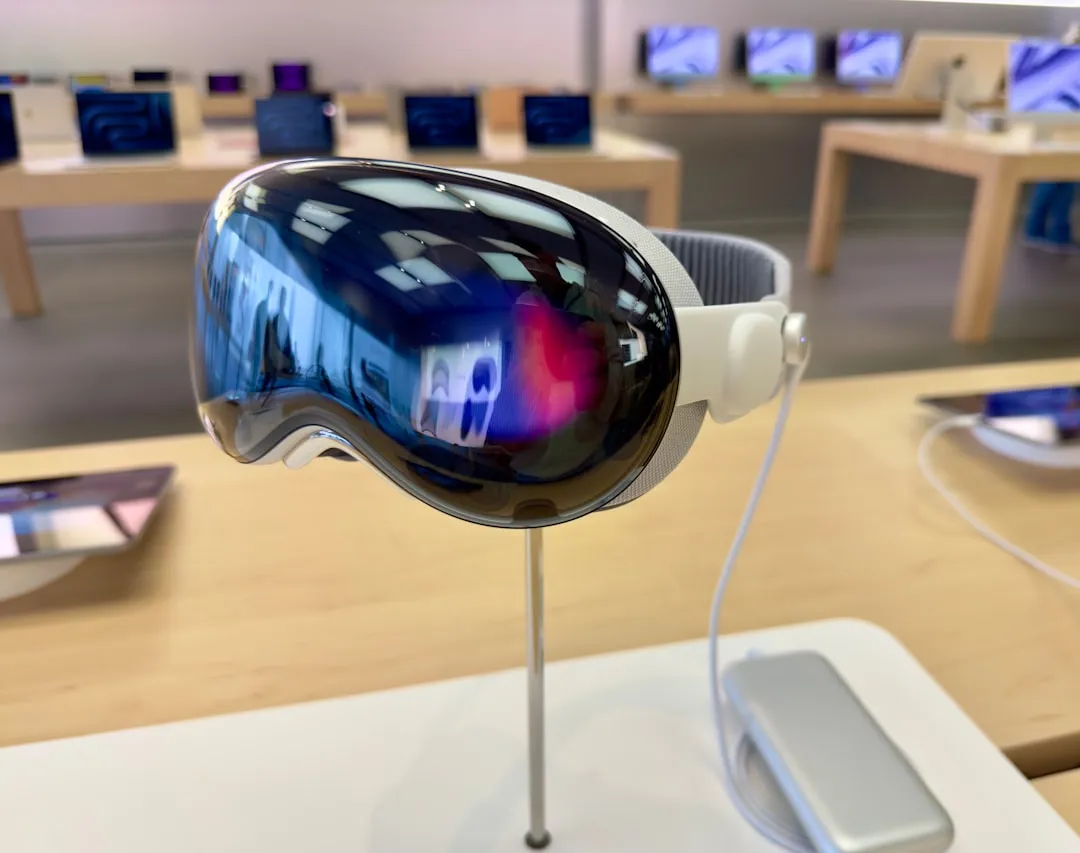
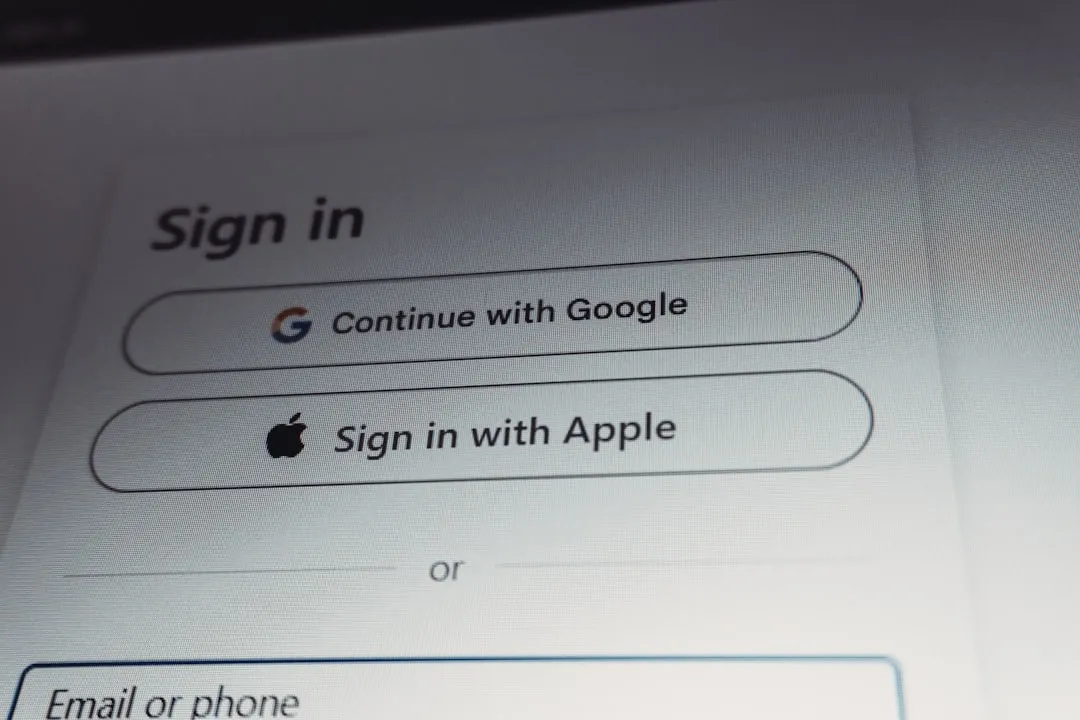

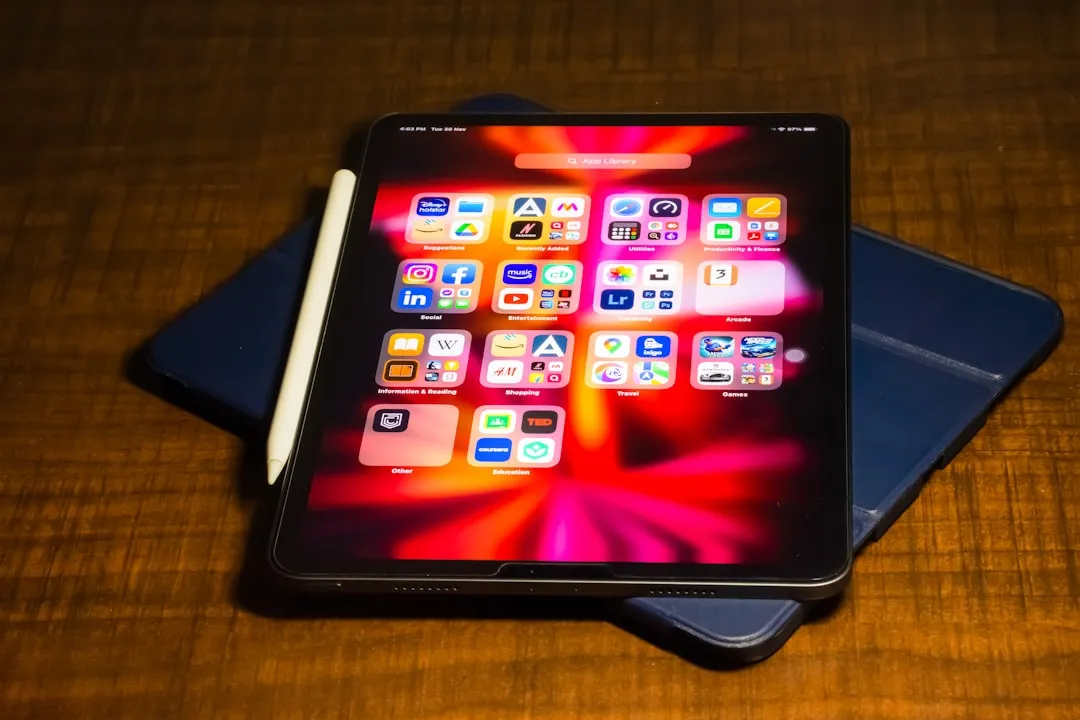
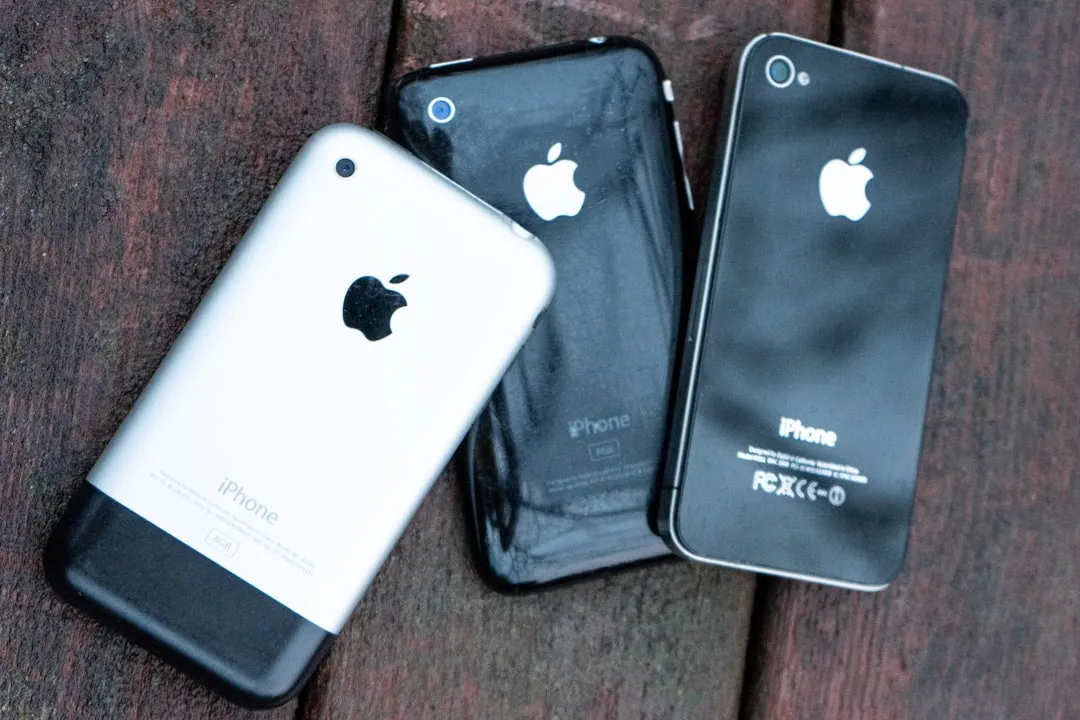
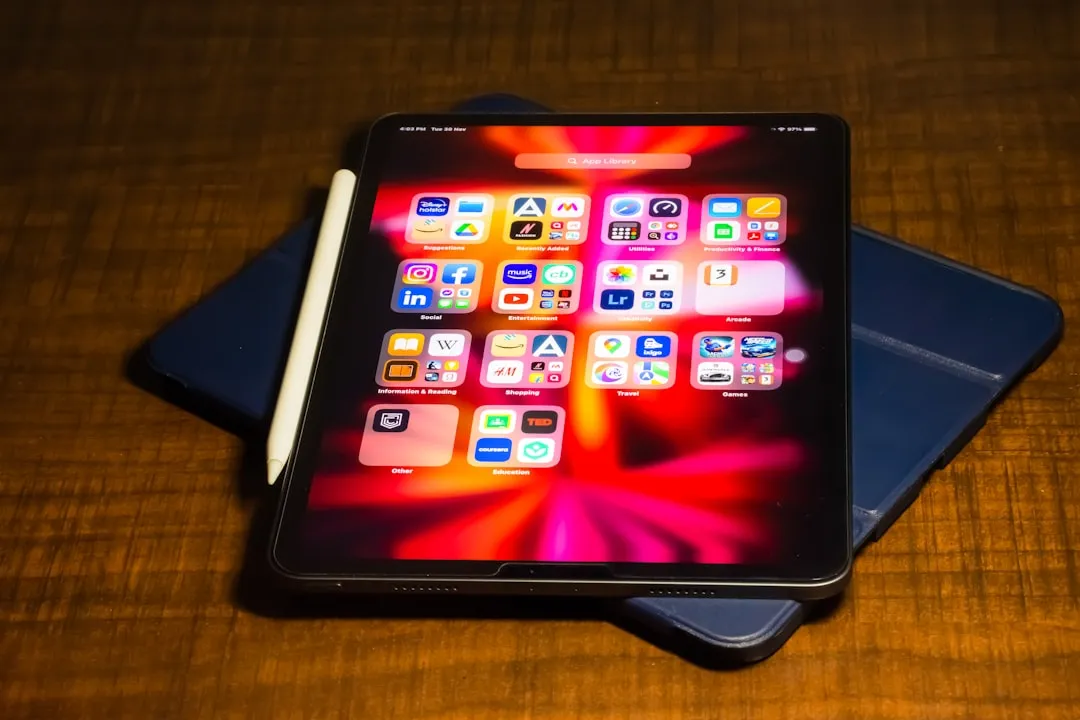

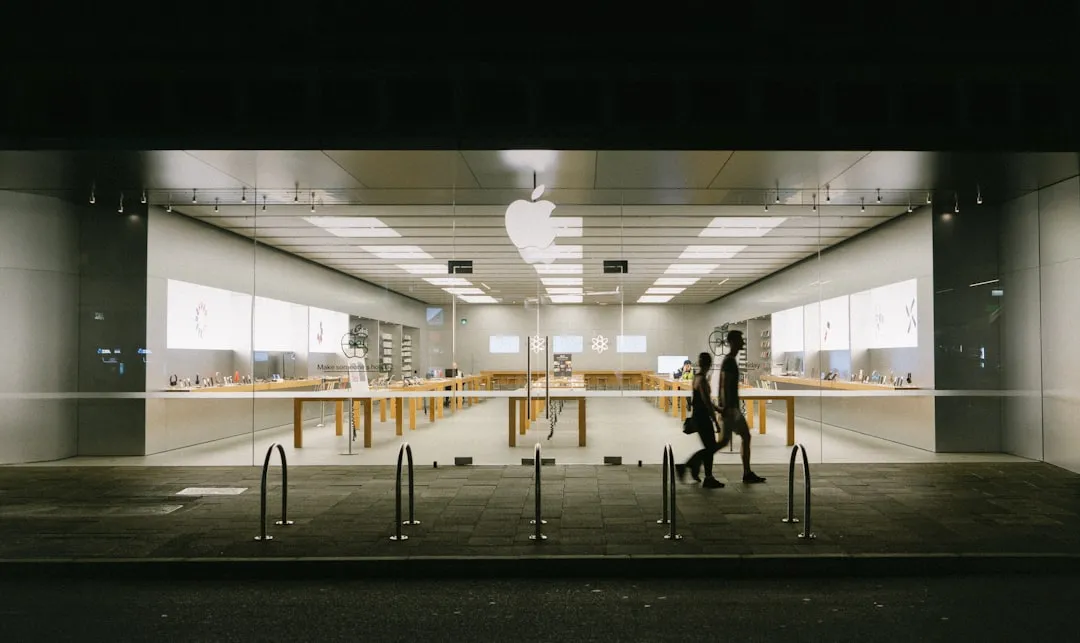
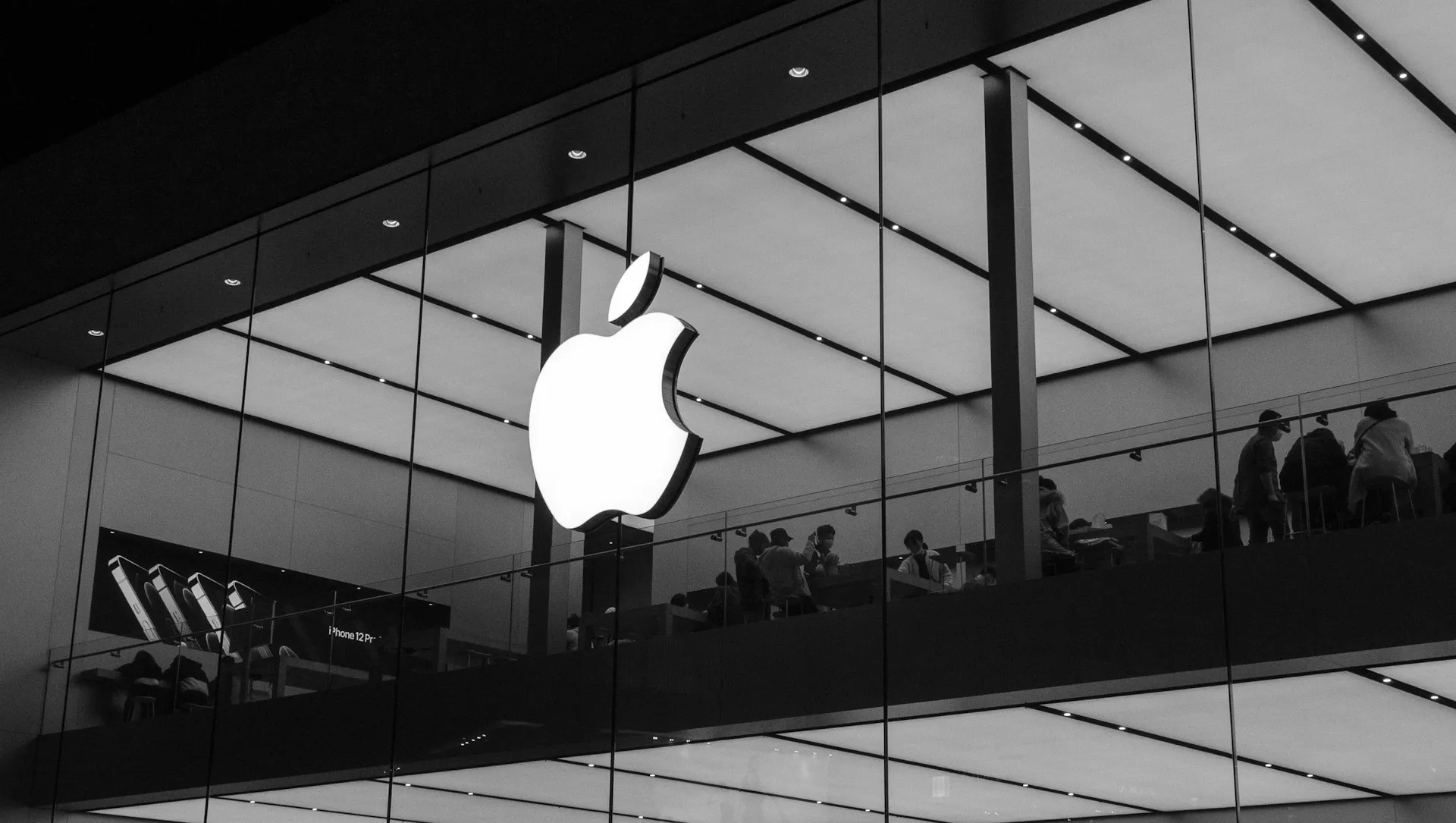
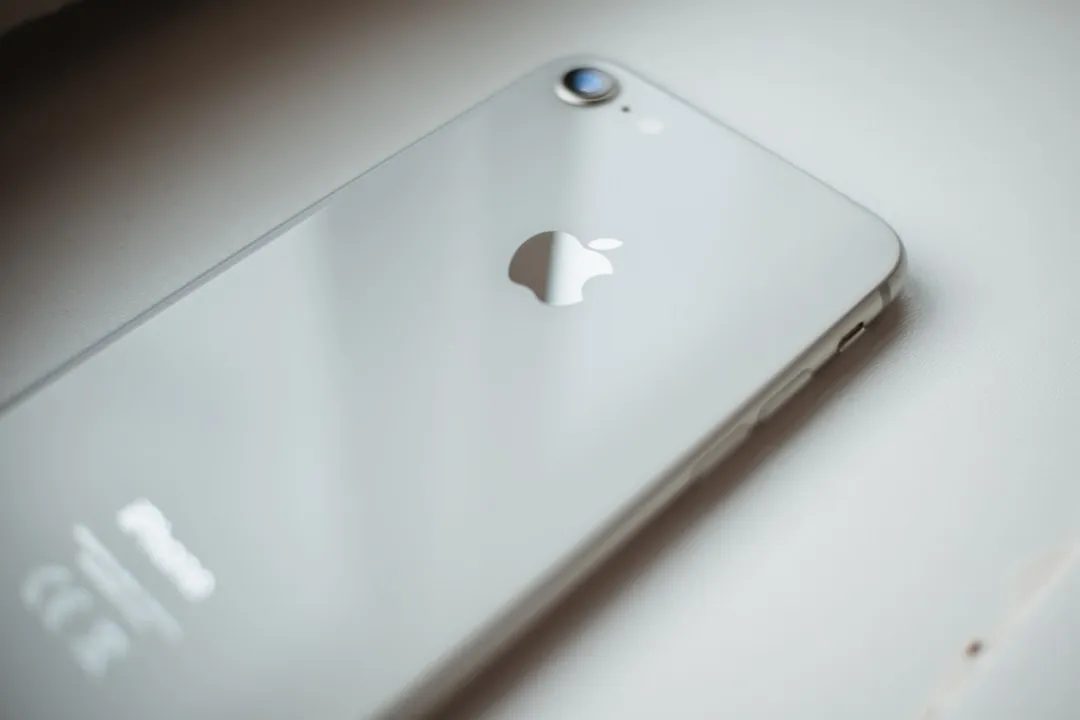
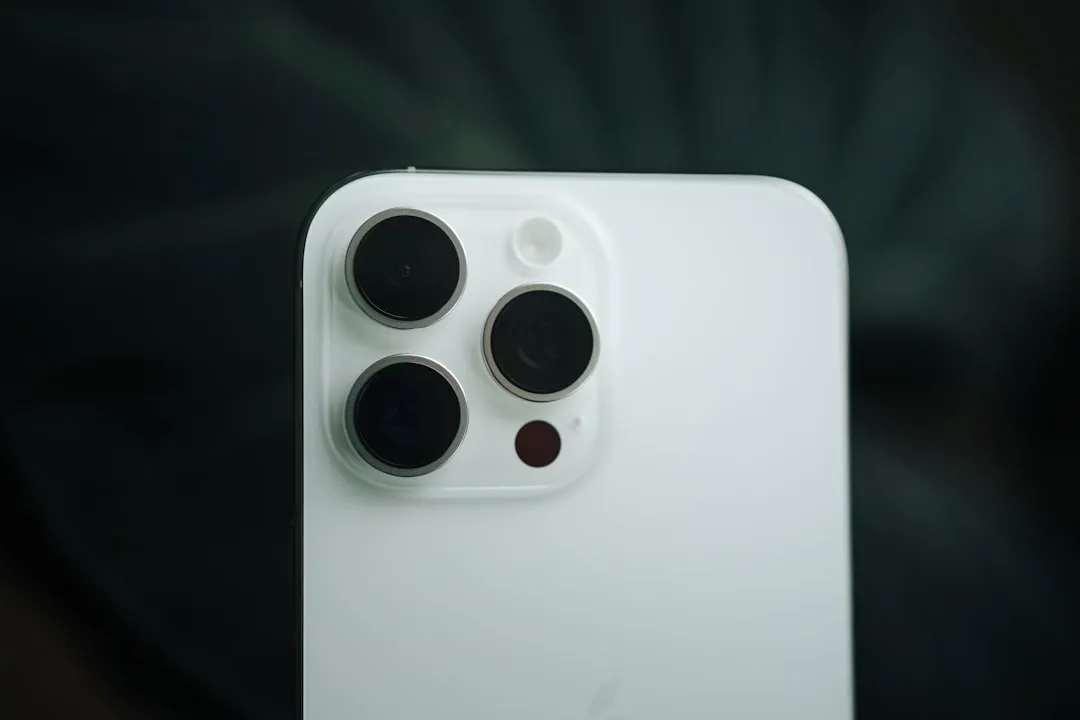
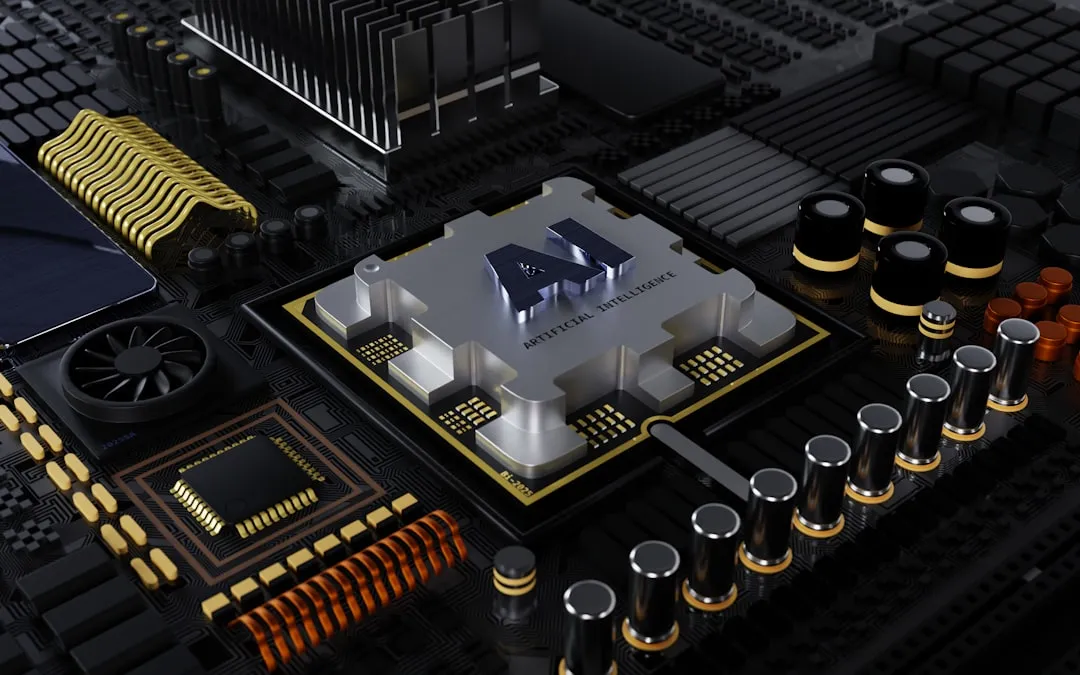
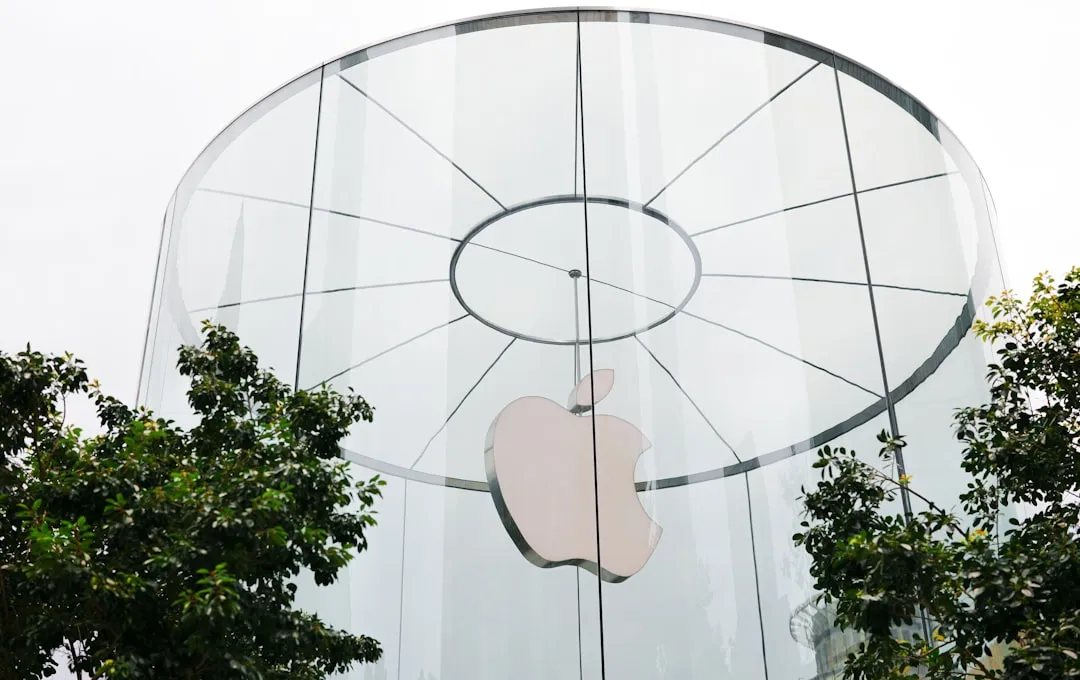

Comments
Be the first, drop a comment!